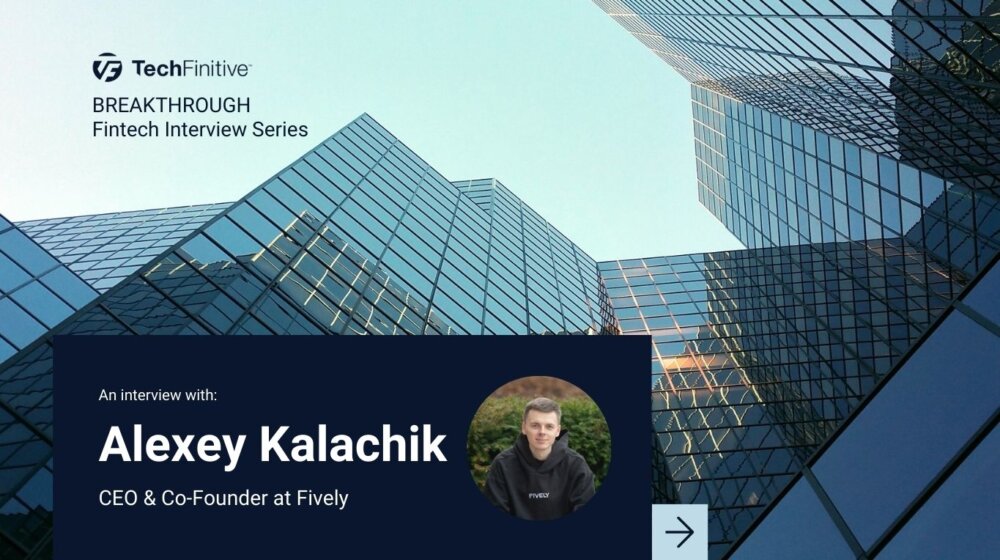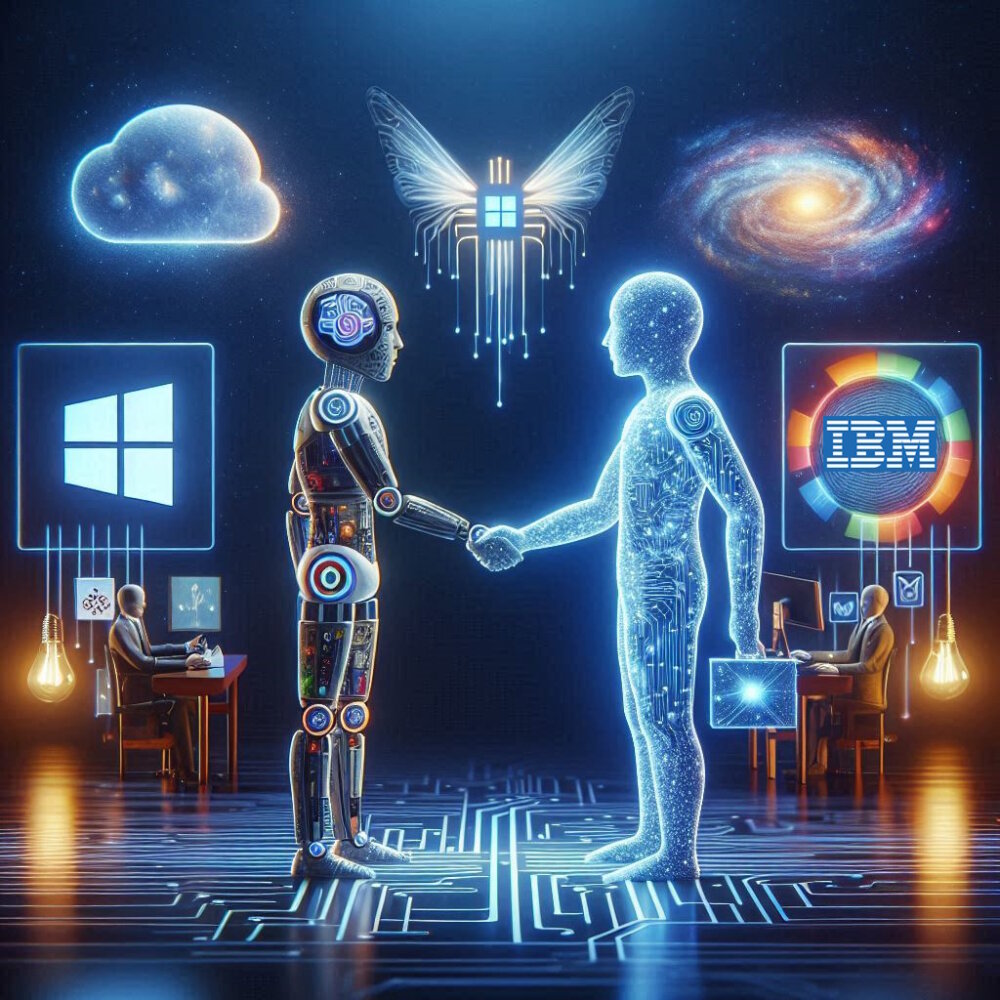
Welcome to Threads, the bland internet franchise of the future
In the early days of Web 2.0, we were told the internet would be a glorious, pluralist wonderland. A place where conversations were free and open, where regular people could hold truth to power and the world’s information was democratised and instantly accessible.
Instead, we’ve slowly walked into the plot of the dystopian 1993 sci-fi film Demolition Man: society is sanitised, conversations are vapid and every restaurant is a Taco Bell.
Yes, it’s a niche subplot in what is an otherwise cracking film. But forget Sylvester Stallone’s John Spartan being awoken from cryo-sleep to fight a criminal supervillain, played by ’90s Wesley Snipes. The film’s most prescient allegory for your time is Sandra Bullock’s bright-eyed Lenina Huxley informing Spartan that in 2032, “Taco Bell was the only restaurant to survive the Franchise Wars… so now all restaurants are Taco Bell!”
Welcome to the future of Meta’s new social media app, Threads. Here is a platform that looks exactly like everything you’ve seen before; where you can get the same bland, algorithmically curated buffet of 500-word posts and five-minute videos, served lukewarm under the sneeze-proof glass of your phone screen. In 2023, Meta is the one company that survived the Social Wars, so now every app is Facebook.
Launched on July 5, Threads bills itself as a new app for “joining public conversations” through text updates, photos and videos. The platform reached 100 million sign-ups within five days of launching and has been dubbed a “Twitter killer” – for good reason.
Unlike other Twitter replacements like Bluesky, which is currently in an invite-only beta, and Mastodon, which had a slightly wonkish and convoluted sign-up process, Threads makes leaving Twitter easy. Users can sign in using their Instagram account and lift and shift their entire Instagram follow list with one tap. The interface is almost identical to Twitter (with replies, favourites and reposts, though no direct message feature or “following” feed at launch). And the developers are even promising features that Twitter users long begged for, like the much-vaunted edit button.
But signing up for Threads feels more like an inevitability than a new adventure.
In the early days of social media, joining a platform felt like joining a party. Getting onto Facebook was like arriving at a college dorm where the music was cranking. Opening Instagram was like a beach party (albeit one where you pretended to own a designer swimsuit like the other revellers). And getting on Twitter was like turning up at a cool warehouse rave full of noise, in-jokes and the best strangers you’d met in your life (along with, let’s not lie, a fair share of weirdos).
If Threads is the new party in town, it’s like a giant corporate mixer, filled with bland middle management inspo types talking past each other with a totally vacant gaze.
But over the past decade, that shifted. Your parents crashed the Facebook dorm and started yelling about QAnon. Instagram was more face filters than friends. And that gloriously weird Twitter scene? It was overtaken by crypto spruikers, hustle bros and some loud billionaire who showed up awkwardly carrying a sink.
If Threads is the new party in town, it’s like a giant corporate mixer, filled with bland middle management inspo types talking past each other with a totally vacant gaze. This isn’t the platform that brought us teenagers protesting in the Arab Spring, or the global explosion of the #MeToo movement. This is the place where strangers ask you to “reply with your best shoe selfie!” and where content farms amass millions of followers by posting the 2023 equivalent of “Someone’s got a bad case of the Mondays! ????”
On the face of it, the arrival of another Twitter alternative should give users and brands more options to build a following and replicate what’s good about Twitter (without the increasing tide of hate speech), while staying in the established Meta universe.
In reality, Threads flattens the internet into a bland constellation of lookalike platforms that repackage the same junk. Photos you’ve seen on Insta, posts you’ve seen on Facebook, screenshots from Twitter and videos from Reels or TikTok or YouTube Shorts or Snap. A mise en abyme of the same content, endlessly photocopied by increasingly frazzled users that need to use seven different apps to stay current.
Even if Threads is the only app you use, the experience at launch is grim. The lack of “following” feed means your curator is Meta’s almighty algorithm, a black box that serves up the most middle-of-the-road, inoffensive sludge designed to keep the broadest possible audience on the platform for longer, all while consuming more ads.
But it’s not just cringeworthy brands. Meta might tout its 100 million signups, but the company risks losing valuable, young users to what tech analyst Faine Greenwood has called the “Terrible Uncle” problem.
“Facebook wanted the entire world to get onto its platform, because it needed the entire world’s data to power its stupendously popular advertising machine,” Greenwood wrote in 2021. “That meant convincing your terrible uncle to get a Facebook account, which he could then use to be terrible at you with.”
Now, it’s easier than ever for those Terrible Uncles to jump from Facebook to Instagram to Threads, bringing their gloriously stale takes with them and driving out the interesting people (read: valuable, young consumers) that made these parties cool in the first place.
Worse still, there doesn’t seem to be an alternative. Twitter continues to struggle, as power users leave in droves over outages, tweet limits and the loss of beloved third-party tools like TweetDeck. And replacements like Mastodon and Bluesky don’t have anywhere near the critical mass that Meta can offer. If Twitter was the huge party, where do you go at 2am when the Sink Billionaire gatecrashes the joint and your friends have scattered to the winds?
For now, Threads may be the best, worst option. Brands get a place to share dank memes with customers they aren’t even targeting. Influencers get another platform to constantly update in order to keep their following. And lost Twitter users get something that feels similar enough to the real thing – Plato’s Cave, but the shadows are all shaped like Minion Memes.
This is the future, where all apps are Meta. Enjoy your rapidly cooling tacos.
This article has been tagged as a “Great Read“, a tag we reserve for articles we think are truly outstanding.
NEXT UP

Alexey Kalachik, CEO & Co-Founder at Fively: “The potential for digitalisation within insurance is enormous”
We interview serial entrepreneur Alexey Kalachik, CEO & Co-Founder at Fively, on the future of fintech and what makes this space so exciting for startups.

IBM bolsters AI push with Microsoft Copilot launch
In a bid to boost its AI offering, IBM Consulting will enable enterprises to create and manage AI copilots – including Copilot for Microsoft 365

Andrew Kay, Director of Systems Engineering APJ at Illumio: “The most worrying development with ransomware is that it has evolved from simply stealing data to impacting IT availability”
Andrew Kay, Director of Systems Engineering APJ at Illumio, has 20 years’ experience helping organisations strengthen their cyber resilience. We interview him as part of our Threats series on cybersecurity.
